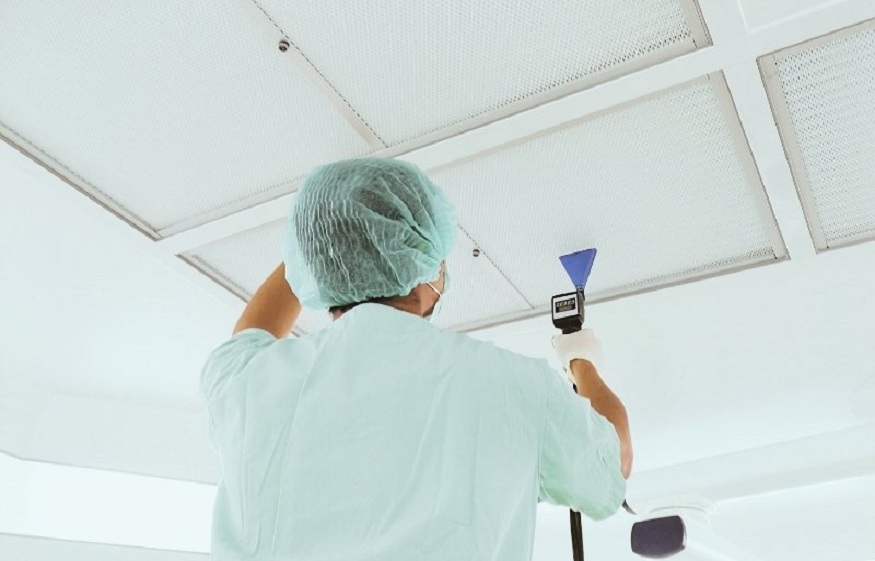
At first glance, a product may appear flawless, yet microscopic contaminants can still linger undetected. In fields such as medical device manufacturing, maintaining product safety demands stringent hygiene measures, including bioburden testing. This article delves into the importance of bioburden testing and its critical function in safeguarding product quality while meeting regulatory standards.
Bioburden testing assesses the microbial presence on a product or device before sterilization. This process identifies bacteria, fungi, spores, and other microorganisms that, if not properly managed, could present safety concerns.
Precise bioburden analysis is essential for determining an appropriate sterilization method that effectively eliminates harmful microbes while preserving the product’s integrity. Additionally, cleanroom testing plays a pivotal role in upholding the stringent conditions required for production and assembly. By ensuring these environments adhere to strict cleanliness criteria, manufacturers can further reduce contamination risks.
The testing procedure generally includes sampling, microorganism identification, and contamination level quantification. Techniques like the most probable number (MPN) method are frequently used to estimate microbial populations and monitor contamination trends over time.
Ultimately, test results undergo validation to confirm that the chosen sterilization approach is both effective and suitable for the product. This final step strengthens overall product safety, reliability, and compliance with industry regulations.
For a deeper dive into how bioburden testing supports quality assurance and regulatory adherence, explore the linked resource for further insights.

